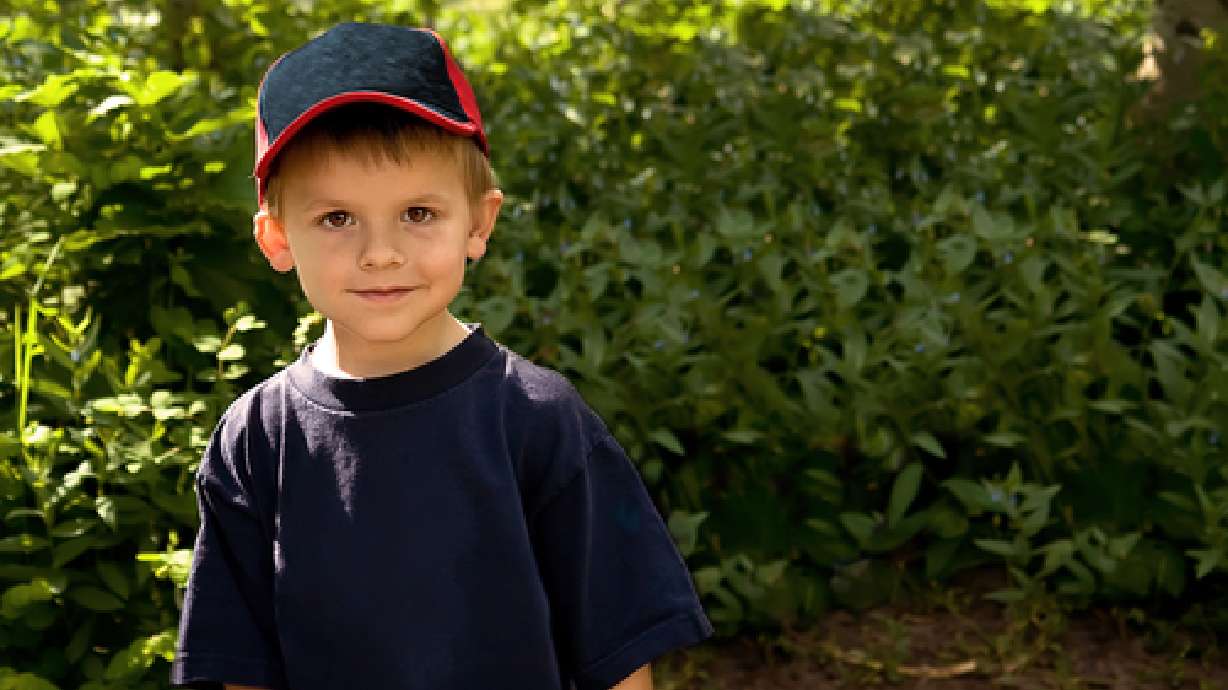Estimated read time: 5-6 minutes
This archived news story is available only for your personal, non-commercial use. Information in the story may be outdated or superseded by additional information. Reading or replaying the story in its archived form does not constitute a republication of the story.
SALT LAKE CITY — Utah’s capital city has been recognized as the best place in America to raise outdoor kids, and that doesn’t stop when the mercury drops.
If you want your kids to grow up loving the outdoors, here are five suggestions to help them along.
Get Them Outside
This one is a no-brainer. If you want your kids to love the outdoors, get them outside. Let them run, play, jump and generally drain their energy out-of-doors. Once you’re outdoors, stay outdoors, even if the weather isn’t great. Though, in Utah it is important to check the air quality before committing to outdoor activities.
Some chilly weather activities to try:
- Collect fallen leaves before they’re gone. Use them in crafts, study them or just hang them up with tape for temporary fall decor.
- Draw with chalk, if it’s not raining or snowing, of course. Good news is, when moisture comes, kids get a clean slate.
Related:
- Go for a hike. Wear a few layers that you (and the kids) can easily strip off and stuff in a backpack, or add if it gets chilly.
- Take a walking tour. Many cities provide maps and information online. The Utah Heritage Foundation has a bunch waiting to download from its website. Step inside various stops to warm up and head back out.
- Geocaching is a good activity year-round, but it’s a good activity to do with an end result. Check out Geocaching in Utah to find one near you.
- Visit the playground. For younger children, a trip to the playground is always a great way to burn off some energy. Pack a Thermos of hot soup, bring some bread and a blanket for a warm lunch. Mix it up and visit another park.
- Ride bikes. Check for ice or snow, then dress warmly and take a bike ride.
- Play games. It doesn’t have to be nighttime to play old-fashioned games like Sardines or Kick the Can. Get out a ball for some Kickball or Wall Ball, designate a leader for Red Light, Green Light or other playground games.
- Take a nature walk/scavenger hunt. Pick a theme (spotting colors, plants, animals, etc.), pick a spot and take a walk. Bring along a digital camera for kids to snap pictures of the theme and document their findings.
- Take a class together. Whether it's winter sports, winter gardening or something else, learn about outdoor activities.
Share Your Passion
Whether it's a winter sport, camping, hiking or other outdoor activity, share your passion with your child.
Schedule Outdoor Time
Sometimes, things just don’t happen if they aren’t schedule. Kids or parents may not reliably think to go outside spontaneously, but a consistently schedule slot of time may ensure you get outdoors more often.
You can start with National Play Outside Day on the first Saturday of each month. Invite neighbors or schedule outside time with just your family. Whatever your preference, set aside time to get outdoors and enjoy nature. Involve kids by taking suggestions or making a rotation of who gets to decide the activity.
Related:
Teach Them SkillsSome outdoor activities require learning skills before one can independently do them throughout their life. Older kids can learn proper camping, gardening, knot-tying, fire-starting, campfire cooking, fishing, four-wheeling and other skills at the hands of their parents. Teaching them safety procedures and proper techniques for these activities can give them the confidence to head out-of-doors on their own.
Additionally, teaching them about the dangers of outdoors (poisonous plants, predators, etc.) and how to keep themselves safe will help them navigate outdoor activities.
Even things like hydration and sun protection, first aid administration and survival skills are fun to learn but useful.
REI has a great list of basics and how to choose proper gear. Boy Scout and Girl Scout handbooks also have good explanations and illustrations for beginners, and can serve as a reference guide when you are beyond the reach of WiFi.
Learn About Nature Together
Take science out of the textbook and classroom and show your kids what the world is made of.
- Record it. Make a record of the things you see and observe by making scientific sketches, maps, notes or by taking photographs.
- Start a collection. Rocks, leaves and flowers are among the collections kids could start. Learn about the different objects or plants, categorize and record each specimen that joins the collection.
- Become a citizen scientist. Collect and contribute local data to ongoing studies. The Daily Green has a comprehensive list of citizen scientist programs that range in topic from pigeons to weather observations.
- Magnify the world with inexpensive magnifying glasses, telescopes, binoculars or microscopes, things previously unseen or unobserved are brought into focus.
- Learn names and identify plants, animals and minerals. Learning both the binomial and common names will help classify or categorize specimens you find or collect.











